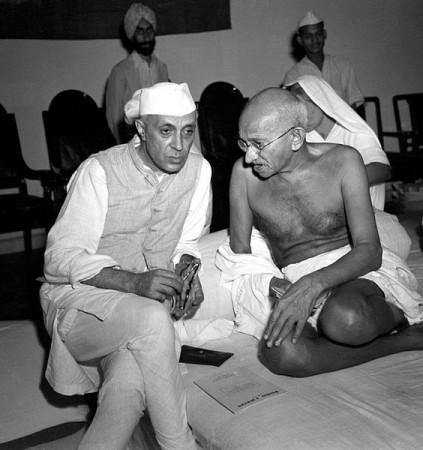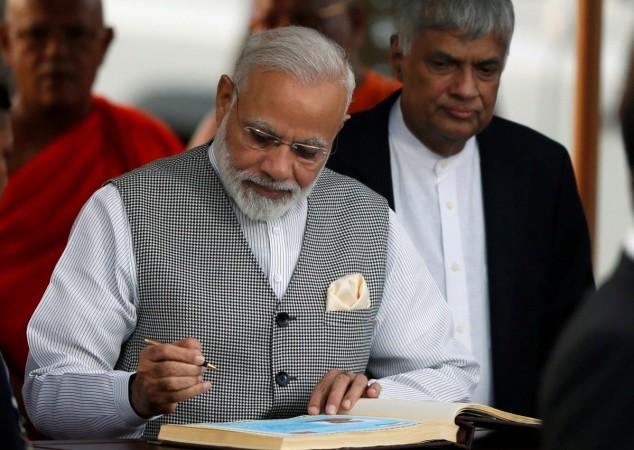
The month of May is a great leveler in Indian politics. On May 27, India's first prime minister Jawaharlal Nehru had passed away as a tired man who devoted 17 consecutive years in service of the nascent democracy which had started its journey on August 15, 1947.
On May 26, 2014, just a day short of the fiftieth death anniversary of the towering leader, India saw the beginning of the journey of Narendra Modi as its 14th prime minister. The specialty of Modi lied more in the facts that he became the leader of a majority government after 30 years (Nehru's late grandson Rajiv Gandhi was the last one to enjoy a decisive mandate in 1984) and also he came to be identified as the biggest face of his government, similar to what Nehru was during his years.
India: From Nehruvian to Modified
Today is yet another anniversary of Nehru's exit and just a day after Modi completed three years in office. From the 'Nehruvian', India has increasingly become 'Modified' in these years, creating opinions both for and against the two leaders who have led the country under starkly contrasting conditions.
There is no denying the fact that May 26 has become a more memorable date than May 27 in today's India. As the Congress faced disaster in the subsequent years, thanks more to the failures of Nehru's successors, the man faced a backlash of history and Modi emerged as the new-age statesman who, according to many, can eclipse Nehru in due course of his rule.

It is too early now to draw a conclusion on how history will rate Modi vis-à-vis Nehru but the former has given India a direction after years of mess that the country's politics found it in, thanks to the coalition era.
Nehru was India's biggest hope in 1950s and 1960s; Modi in 2010s
If Nehru was the original visionary for India who sought to build a new nation on lines of democracy, state-centric economic development, secularism and a non-aligned foreign policy, Modi is a man who has reset the goals for the nation to progress after years of inertia. However, Modi's style has been different from that of the western-educated Nehru.
Modi has also given a positive leadership though his way has been different
Secularism and non-alignment are no more the pillars of Indian democracy as it was during the Nehruvian days while the model of economic development has undergone a sea change. Even the nature of democracy has changed – from an elitist to a populist – but despite these changes, Modi's positive leadership has not been missed by anybody – either experts or the common man.
The political school to which Modi belongs doesn't really agree to the Nehruvian ideals but at the same time, Modi knows that to rule a country like India, borrowing some ideas from Nehru is must for the project is pluralistic. Modi is often informally cited by many as the father of the second Indian republic, but whether he is even bigger than his predecessor will depend how much he succeeds in bettering Nehru's record.
That is easier said than done though.









